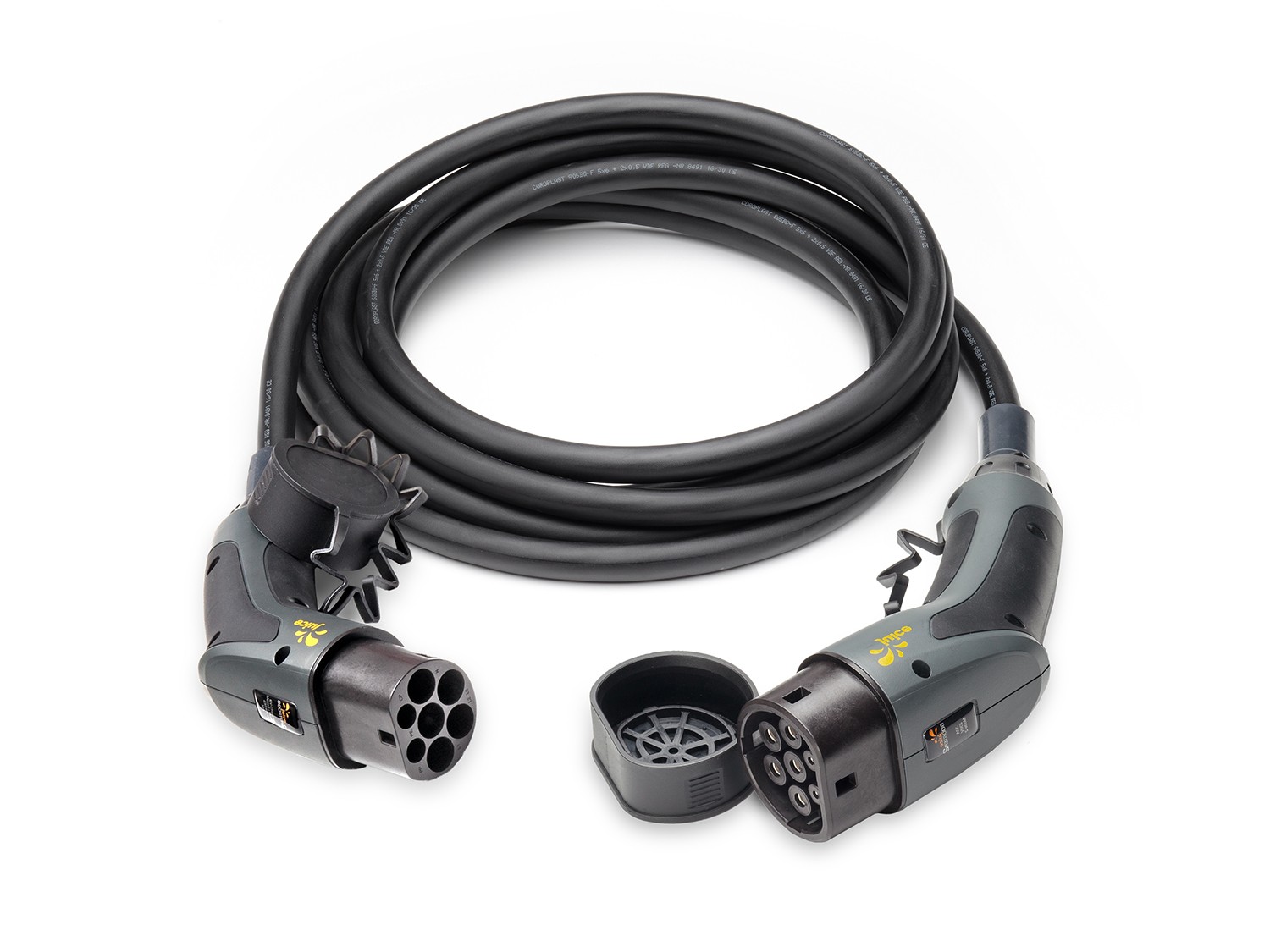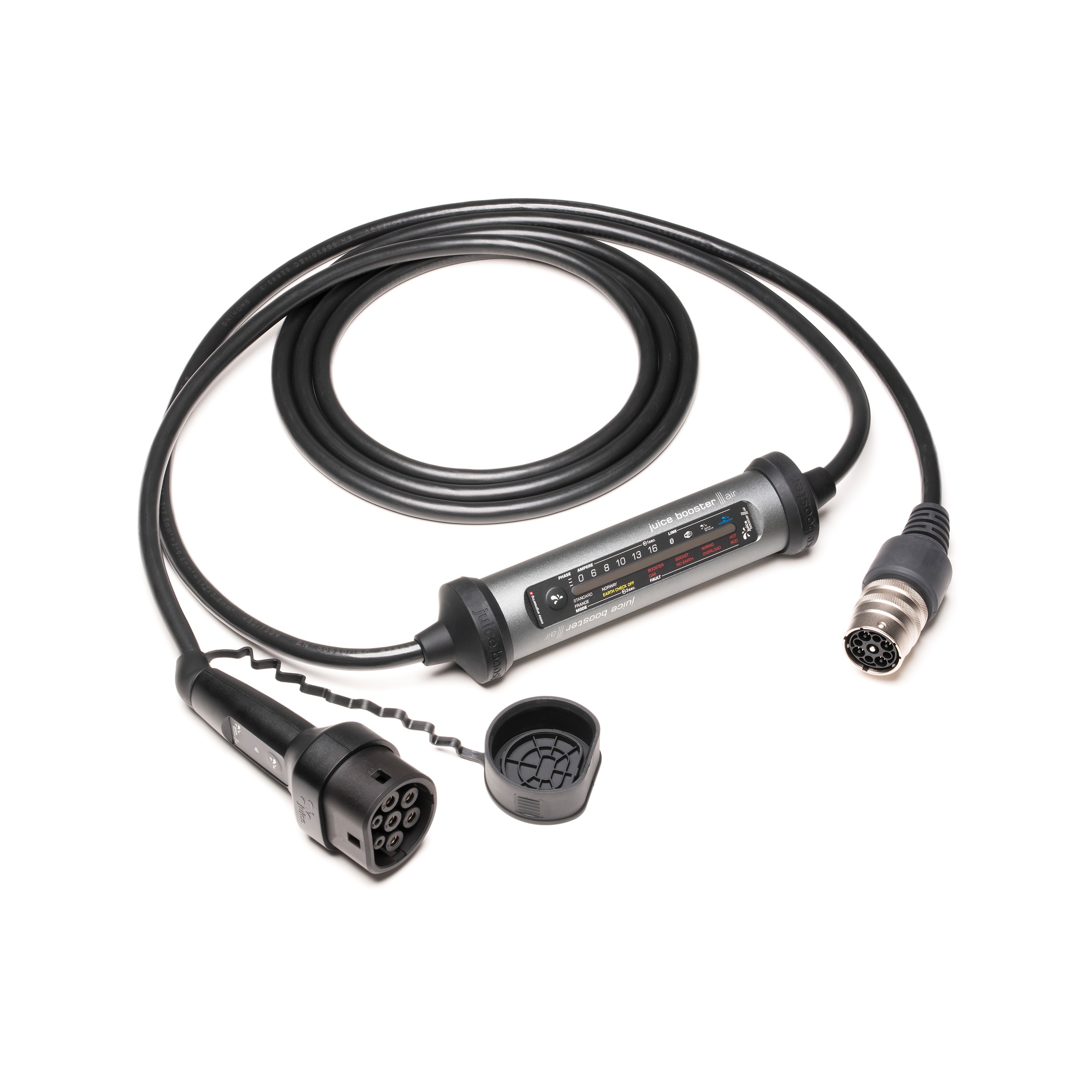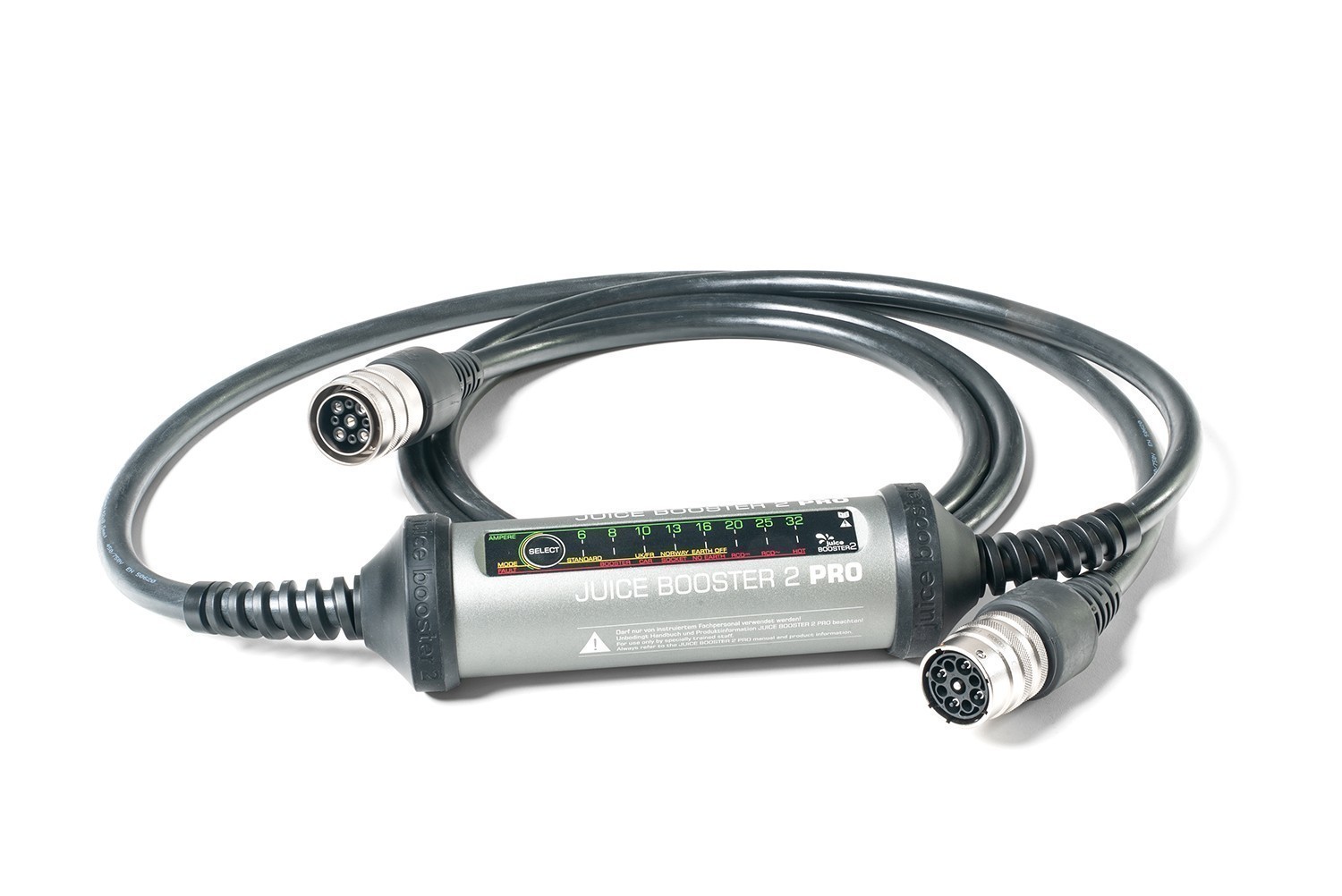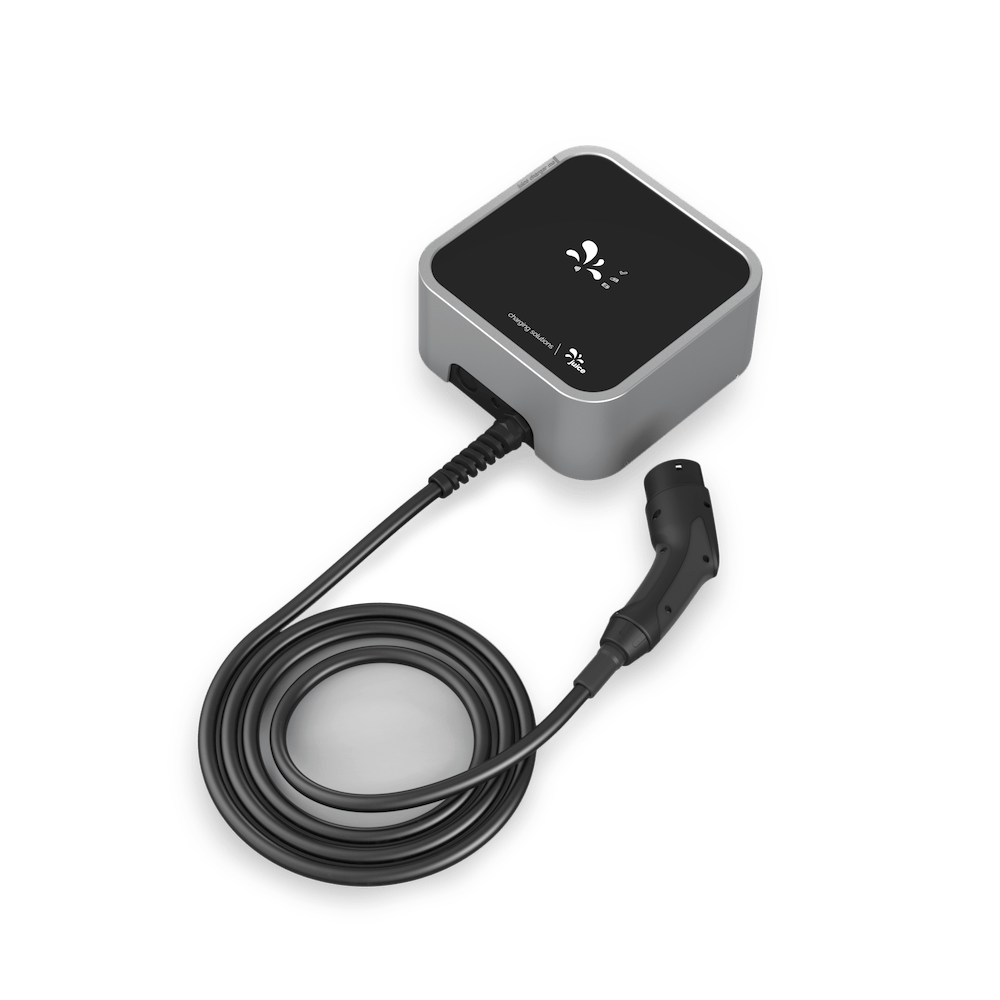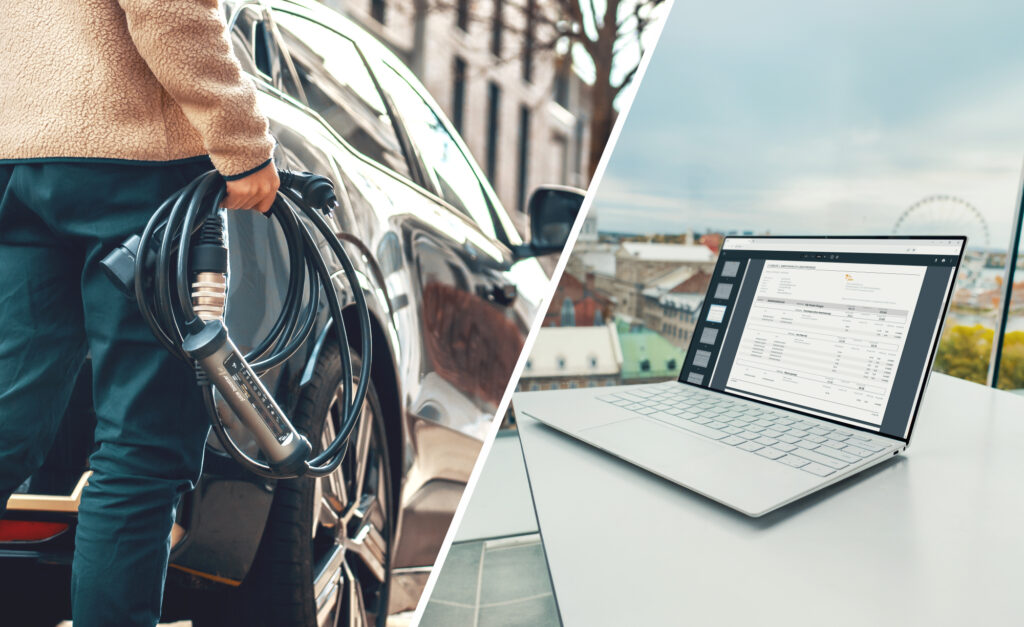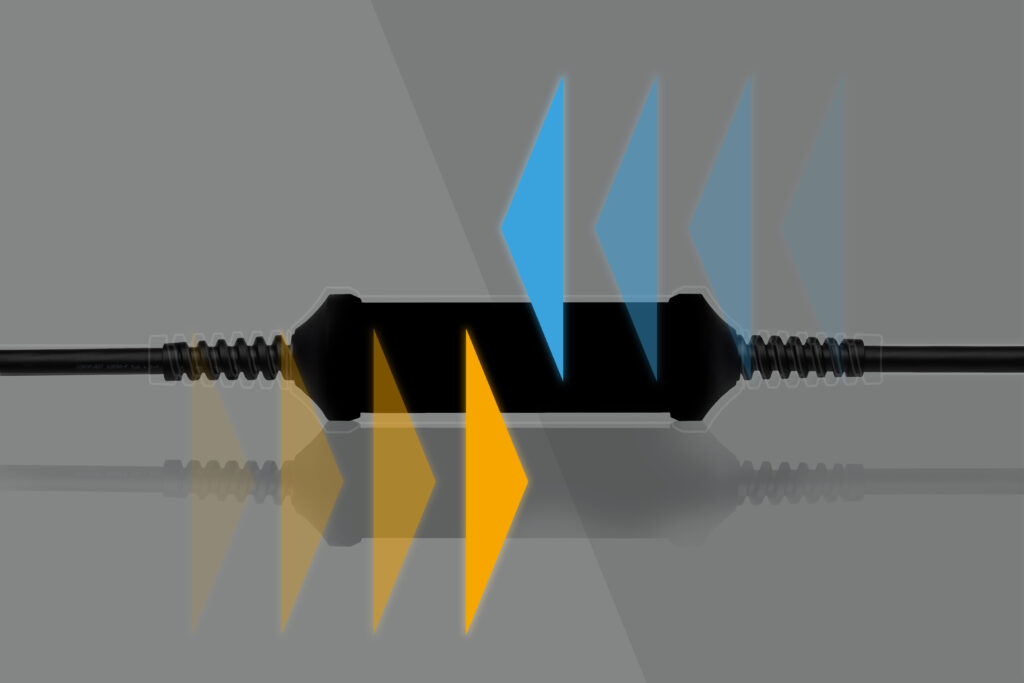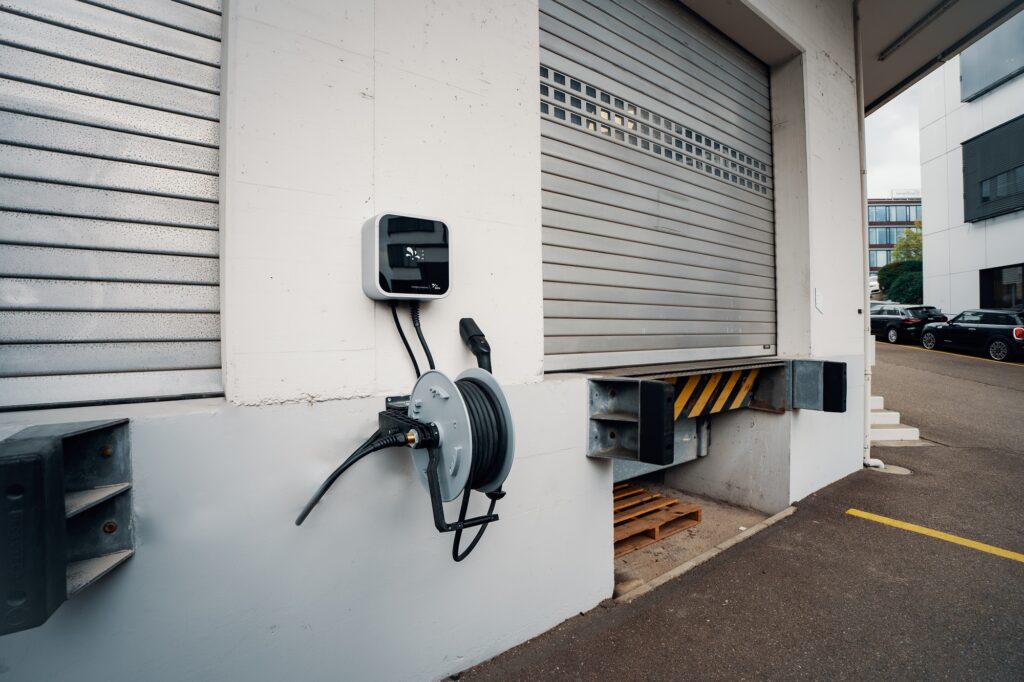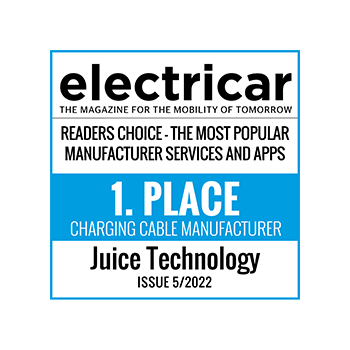Juice’s commitment to green energy began with planting trees to offset the CO2 it uses to produce and transport its charging stations. Since then, it has expanded to generate enough green electricity to enable e-car drivers to operate their vehicles.
Clean energy that reaches the consumer exactly when it is produced – that’s the idea behind Juice Power. Many electricity providers offer certificates for sustainably generated electricity. But this electricity is not truly green unless it is fed into the grid at the same time it is actually consumed.
This was the idea that led Christoph Erni, founder and CEO of Juice Technology AG, to establish the independent association Eros Electric in 2016 together with Jörg Huwyler, Head of Hydropower and Biomass at Axpo. With a sub-interest in two classic hydroelectric power plants in Frisal and Eglisau, Eros Electric supplies its members with clean energy for their electric vehicles around the clock. The high demand for such energy was clear right from the start: shortly after its founding, the association already had 700 members. Eros Electric has now been merged with Juice Power AG.
Green electricity is often only green over an annual period
Electricity is delivered from various providers through the same line; but as it has no colour or taste, so to speak, it’s impossible to distinguish how clean the electricity actually is. The solution to this problem is to temporally couple the generation and consumption of the electricity. As Christoph Erni explains, “the demand for electricity from provably green production continues to grow among e-car drivers. If we want to achieve charging that is green in real time, we have to resort to controllable green power sources such as hydropower.”
The crux of the matter is that, if we want to prevent the consumed electricity from being sold again later – which would violate the green electricity guarantee – then the green electricity must be fed in and consumed at the same time. Unlike simple green energy certificates or guarantees of origin, Juice Power can guarantee natural, sustainable electricity in real time.
Integration in j+ pilot enables simple consumption
Energy suppliers often offer their customers ‘clean hydropower’, but then deliver coal or nuclear power at the time of consumption. You might be asking: How is that even possible? The shocking truth is that certificates for green electricity are often just window dressing. Conventional green electricity is generated independently of the time of consumption and is therefore only “green” as a matter of accounting – and often only over an annual period. This industry-standard practice deceives consumers into believing in something that isn’t there, and it does nothing to protect the environment. With the j+ pilot app, Juice Power puts an end to this deceptive labelling.
"Instead of physically running a line from the power plant to the user,” continues Erni, “Juice Power makes use of real-time electronic control. With the help of the j+ pilot app, the car communicates directly with the power generator via the backend, so that the quantity of electricity drawn can be debited immediately.”
Juice Power plan ensures truly green electricity
A Juice Power plan is also useful for owners of photovoltaic (PV) systems. Consumers who generate electricity from their own PV system require an energy storage system if they want to use it for later charging. But if you want to ensure that your electric car journey is always pollutant-free, you cannot merely outsource the emissions to gas, coal or nuclear power plants. The Juice Power plan closes this gap and gives you the security of being able to charge with guaranteed green electricity at any time, without restricting your choice of charging network.
E-mobility as an overall concept
For Erni, the company’s expansion into electricity generation is merely the next logical step in the evolution of e-mobility: “We always say that sustainable mobility starts with sustainable charging infrastructure. But that is only the beginning. That is why we are going one step further. The electric car, the charging station and the electricity for the battery must be seen as inextricable parts of a single, overall concept. Only when everything, from start to finish, is generated and operated with as few emissions as possible will electromobility as a whole become more environmentally friendly.”
